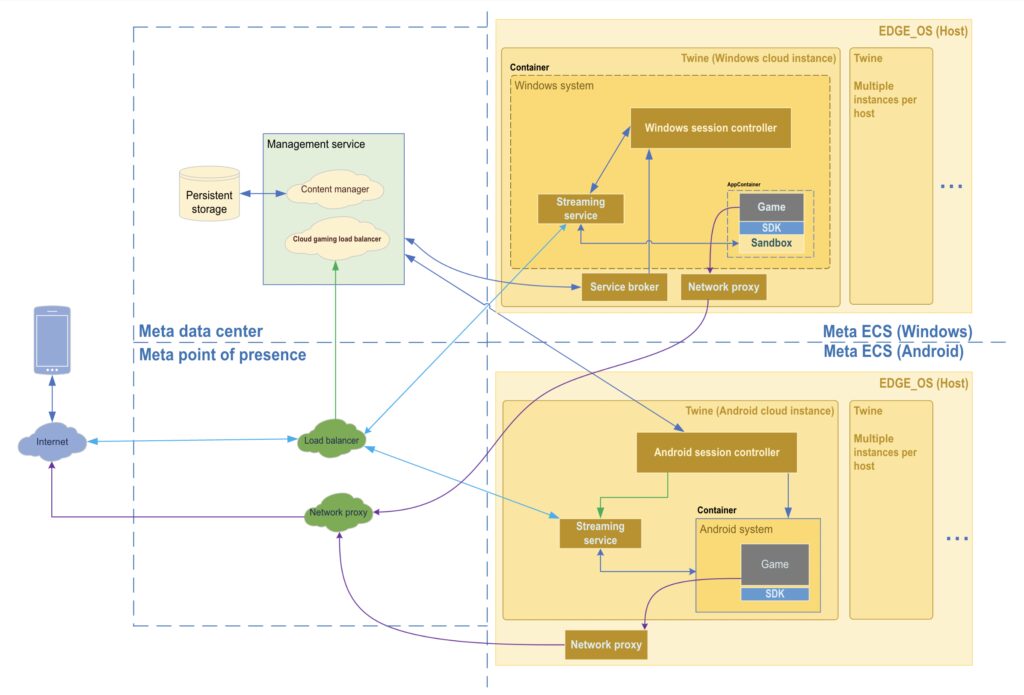Game development requires an array of software and hardware tools from pre-production to post-production. Pre-production involves planning, brainstorming, and gathering creative ideas using mind-mapping software, concept art, game engines, and document management systems. Production brings the design to life using Integrated Development Environment (IDE), game development libraries, 3D modeling software, and graphics cards. Post-production involves polishing the game, fixing bugs and glitches, and testing, which require Quality Assurance (QA) software, computer servers, and marketing and promotional software. Professional game developers use all these tools to produce high-quality, engaging games, taking advantage of emerging technology to make their wildest creative dreams come true.
Introduction
Game development has come a long way since the days of simple arcade games. Today, games are more sophisticated than ever before, with incredible graphics, advanced AI, and immersive worlds. However, creating a game at this level requires much more than just creativity and skill. It takes an array of powerful software and hardware tools to build a game from scratch.
In this article, we will take a look at the different software and hardware tools used in game development. We will explore the various stages of game development, from pre-production to post-production. Let’s dive in and see what tools game developers use to create the games we love to play.
Pre-Production
Before the actual game development process begins, the first stage is pre-production. This stage involves planning, brainstorming, and gathering creative ideas. Some of the software and tools used in pre-production include:
1. Mind-Mapping Software
One of the most popular tools used in pre-production is the mind-mapping software. It’s an excellent software tool that helps game developers to organize their thoughts and ideas visually. Mind mapping allows the developer to break down complex ideas into smaller chunks that are easier to understand.
2. Concept Art
Concept art is essential in game development. It’s a visual representation of the game characters, settings, and environments. Developers use software such as Photoshop, Illustrator, and Procreate for creating concept art.
3. Game Engines
Game engines are software platforms that provide game developers with a range of tools and features to build games. Some popular game engines include Unity, Unreal Engine, and CryEngine.
4. Document Management Systems
Game developers need to keep track of their documentations, especially when working on large game projects. A document management system like Google Docs, Dropbox Paper, or Notion is a great solution for storing and sharing game design documents.
Production
The production stage is where game developers start actualizing their designs, bringing them to life. It’s at this stage that they start coding and designing the game’s features. Some of the software and hardware tools used in this stage include:
1. Integrated Development Environment (IDE)
An IDE is a software application that provides a comprehensive environment for game developers to code, test, and debug their game projects. Some of the popular IDEs for game development today include Visual Studio, Eclipse, and Xcode.
2. Game Development Libraries
Game development libraries offer a collection of pre-built functions and codes that game developers can use to speed up their game development process. Some popular libraries include SDL, SFML, and Allegro.
3. 3D Modeling Software
In modern-day game development, 3D modeling is essential. Developers use 3D modeling software like Autodesk Maya, Blender, and 3Ds Max to create 3D objects such as game characters, environments, and props.
4. Graphics Card
Game developers require fast, powerful graphics cards to render high-quality graphics produced by the game engine. Some of the popular gaming GPU manufacturers include AMD and Nvidia.
Post-Production
Post-production is the final stage of game development before the game is released. It involves polishing the game, fixing bugs and glitches, and testing the game to ensure it meets the player’s expectations. Some of the software and hardware tools used in this stage include:
1. Quality Assurance (QA) Software
QA is crucial in ensuring the game is bug-free and operates smoothly. QA software tools like Bugzilla, TestRail, and JIRA are used for tracking bugs and managing testing processes.
2. Computer Servers
Game developers require powerful servers to host their game and handle the game’s data transfer between players. Some of the popular game servers include Amazon Web Services, Google Cloud, and Microsoft Azure.
3. Marketing and Promotion Software
Marketing and promoting the game is key to its commercial success. Marketing software like Mailchimp, Hootsuite, and HubSpot are vital tools developers use, enabling them to reach a broader audience.
Conclusion
Creating a game is an intensive process requiring many powerful tools and software. The different stages of game development require various software and hardware tools to accomplish different tasks, from planning to post-production. Professional game developers need to take advantage of all of these tools to produce high-quality, engaging games. The world of gaming continues to move forward with emerging technology, creating more opportunities for game developers to make their wildest creative dreams come true.
